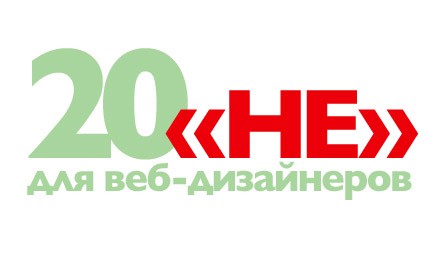12 lessons from Warby Parker’s annual report
12 lessons from Warby Parker’s annual report
Translation of “12 Lessons From Warby Parker’s Annual Report” from the blog of Ross Crook, co-founder of ColumnFiveMedia.
Eyewear startup Warby Parker released its annual report earlier this year, which is a perfect example of how important the right approach to mood creation is to visual content. The uniqueness of their approach to the development of the annual report is that they use the principle of the calendar: for each day they have some event in the life of the company over the past year. Some events are significant milestones in the company’s growth, some are routine workdays in office life and culture.
This format was received much warmer by the interested public than a dry report, which usually contains only numbers, as well as strategic development plans for the next year. With this form of content presentation, readers feel that they are not hiding or hiding anything from them, and they are not tired of reading endless texts written in clerical language. At its core, strategic content marketing is the ability to tell the world who you are and what you do in a way that will appeal to the maximum number of readers.
This topic contains 12 aspects of creating a visual product that will be useful to anyone involved in content marketing.
1. Visual presentation

Using a visual format when presenting your content has a number of benefits. Firstly, it is much easier for a person to recognize and recognize pictures and images than lines of text, and visual content looks more attractive than the same content displayed using text. Secondly, by using different types of information display, you always keep the information “fresh”, encouraging the reader to continue reading. In a specific example, photographs, illustrations, videos and pieces of data are used that accentuate attention to themselves to varying degrees: in this format, the reader can only find information of interest to him, and skip everything else. This way, you keep the visitor on the site, thereby strengthening their connection with your brand.
2. Personalize

Business is becoming more customer-oriented and personalized every day, of course, not in the sense that the brand will study you so much that it will know in advance what to offer you at the bar, but more about social connections. People want to know that the company whose products they are using are ordinary people, just like them, with whom you can say hello on the street or even have dinner.
3. Share only news that is really news
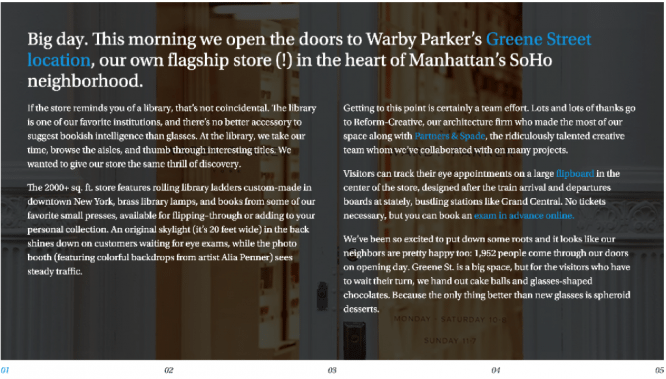
In an effort to grab the audience’s attention, some companies are looking to publish additional content. And usually it turns out to be attempts to sell more goods disguised as news: promotions, discounts, sales – most of the audience will immediately notice that this is not news or even a record that does not contain any meaning, but a simple call to buy more goods. In fact, even posting a picture of a fax in a funny outfit is better!
4. Show people “your kitchen”
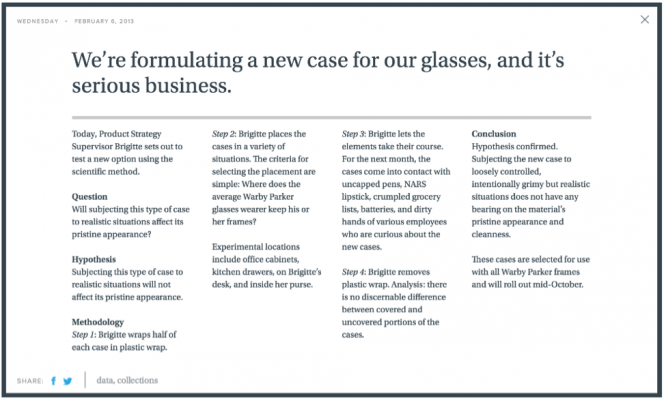
The growing demand of the audience for good content is connected not only with the fact that people are looking for an excuse to distract from work. Perhaps this is their daily practice, however, there is another audience that really wants to receive interesting information. This is a trend towards “knowledge sharing” that has appeared on the web in recent years due to the increased curiosity of the audience and the “information hunger”. Don’t think that everything you design in your office is boring. Turn everything upside down! Serve the most interesting events from the office like real news, which will make you more “human” in the eyes of the audience, as well as add loyal fans to you.
5. Talk about your team

As I said in point 2, your audience wants to know more about the brand team: who creates these wonderful products and services, what happens in their lives, and how this product is created in general! Don’t hide anyone from your team, list all of their available communication channels so that any interested reader can contact them. Sometimes the stories about your team members are even more interesting than the product that the brand sells 🙂 Today it doesn’t matter if you are selling a product or service, in any case you are selling the culture and your ideals created by your team.
6. Socialization
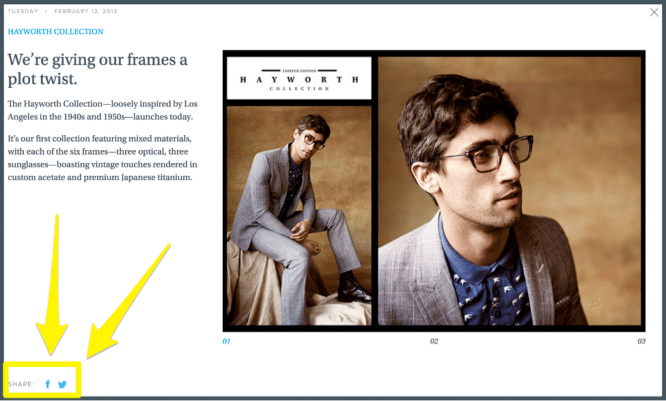
With the modern number of services that allow you to share content, the concept of “sharing” is far from copying and pasting a part of the text from your site to your Facebook page. Every image, every quote, and every sound byte on your site could be a potential candidate for a share button. Make it as easy and convenient as possible to access the social buttons on your site: people will thank you, which may well lead to an exponential increase in the speed of distribution of your content.
7. Use useful information
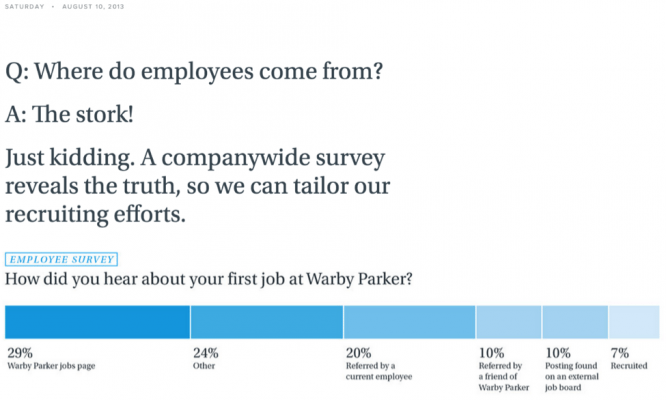
If you are going to visualize information, be sure to display a comparison – it makes the work interesting and engaging. The fashion for infographics has contributed to the appearance of a large number of “dummies” in the form of pictures with only pie charts and graphs that are completely empty. Don’t be intimidated by the complexity of your content, add clarity by using information visualization.
8. Don’t be afraid of straightforwardness.
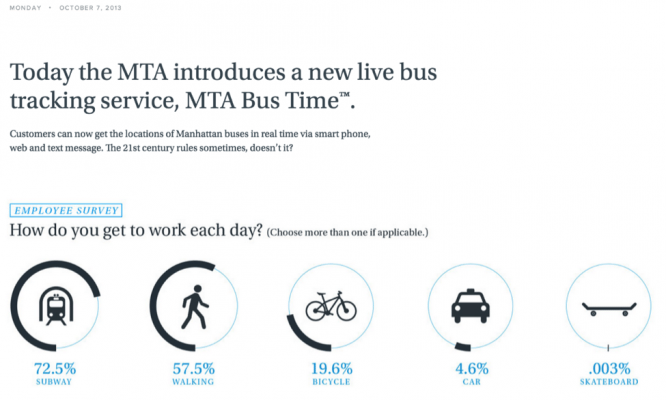
How does public transport affect points? Why is it so important? This is exciting news (mainly for New Yorkers) and Warby Parker has found a way to tie it to his culture. Your content should be reliable, relevant, and interesting to your audience. If you internalize these key points, ROI will go up by returning a loyal audience.
9. Share the love
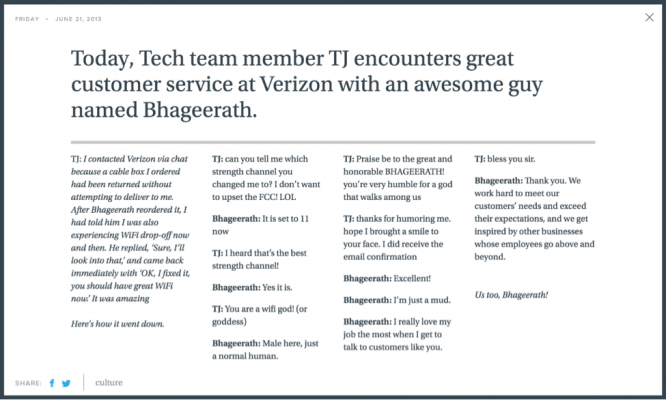
Marketing is about drawing the audience’s attention to how cool your brand is openly and not too openly. However, this does not mean that your importance in the eyes of the audience is limited only by your posts on the official page. The great respect for the brand is caused by the success stories of customers – ordinary people of different professions who, as a result of cooperation with you, have achieved incredible results.
10. “Attract” your audience naturally
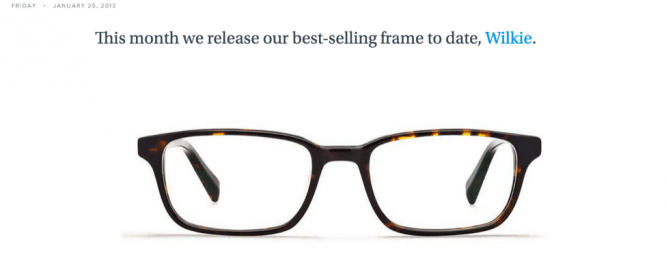
Your product! This is the key position of all likes, shares and randomly posted news that you forgot about. Promote your product: mention it in small portions among other informative and interesting content. This means that you should slow down the pace of posting selling slogans and calls to purchase, and transfer the freed up resources to generate really useful content.
11. Share your values

Your content is a great medium where you can literally tell your audience why you do what you do. A clear and articulated feature of your company, as well as the ideas that you adhere to in the production of your product, will allow you to attract new loyal readers who share similar principles in life.
12. Put yourself in the shoes of your audience
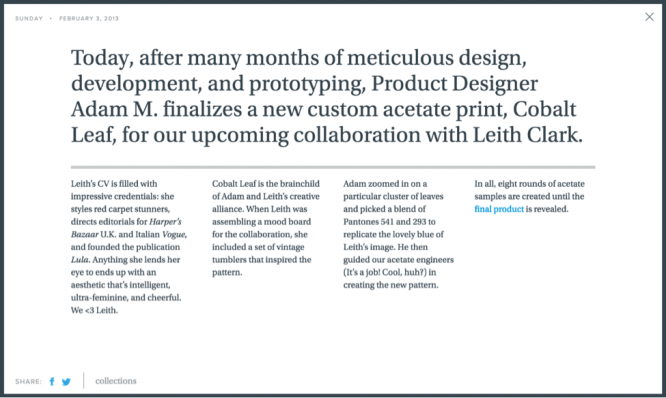
At a time when the highest quality product doesn’t need to be focused on selling, you may well be focusing on your highest accomplishments. Keeping a balance between information content and self-promotion will help maintain interest in your audience and not lose touch with them. When people feel that they have not been forgotten, they are very happy to hear about your new achievements and successes and celebrate these events with you.
Creating original and unique visual content is a key factor in engaging your audience today. And as long as the format of your content ranges from text posts to video reviews and infographics, your brand will never be left without loyal readers and fans. People will surely remember the ideas that you are promoting in your business for a long time, even after they have made a choice between the two brands in your favor by making a long-awaited purchase.
Original article: forbes.com
From translators: hope you enjoyed the article. We would be grateful if you point us to mistakes in translation so that we can correct them. If you find errors, don’t hesitate to contact us.
…

